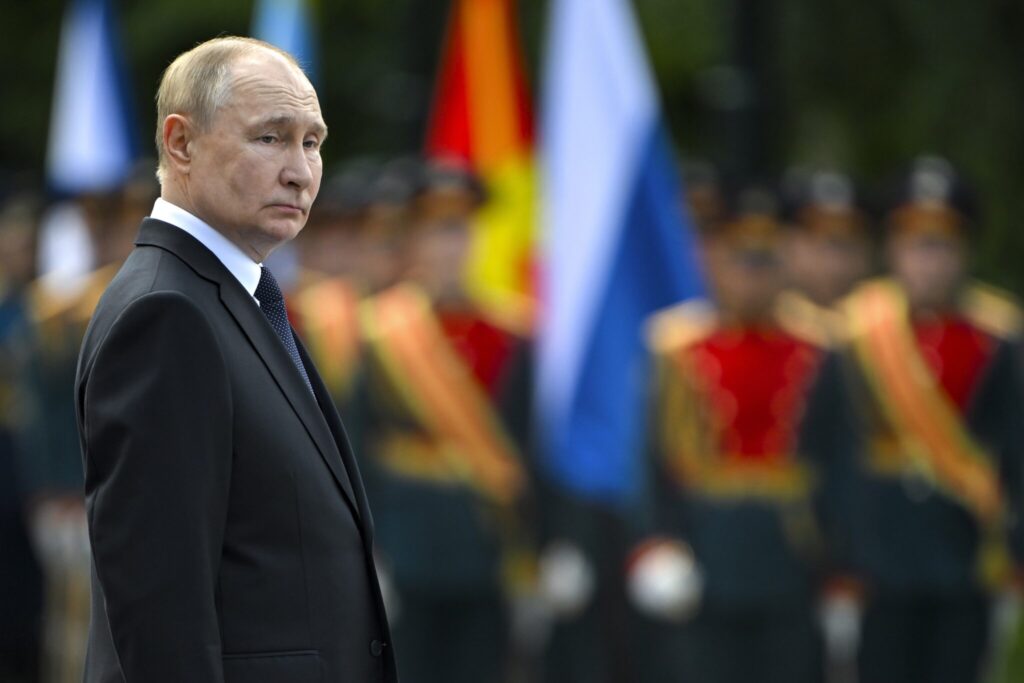Russian President Vladimir Putin on Friday called for resuming production of intermediate-range missiles that were banned under a now-scrapped treaty with the United States. The Intermediate-Range Nuclear Forces treaty, which banned ground-based nuclear and conventional missiles with a range of 500-5,500 kilometers (310-3,410 miles), was regarded as an arms control landmark when Soviet leader Mikhail Gorbachev and U.S. President Ronald Reagan signed it in 1988.
Quick Read
- Putin’s Call for Missile Production: Russian President Vladimir Putin called for resuming production of intermediate-range missiles, which were previously banned under a treaty with the United States.
- INF Treaty Background: The Intermediate-Range Nuclear Forces (INF) treaty, signed in 1988, banned ground-based missiles with ranges of 500-5,500 kilometers and was a significant arms control agreement.
- US Withdrawal: The United States withdrew from the INF treaty in 2019, accusing Russia of violations.
- Putin’s Claims: Putin stated that Russia had not produced such missiles since the treaty’s end, but claimed the US has produced and deployed these missile systems in Europe and the Philippines.
- Strategic Implications: The end of the INF treaty marked a significant deterioration in US-Russia relations.
- Future Arms Control Concerns: The New Strategic Arms Reduction Treaty (New START), the last remaining arms-control pact between the US and Russia, is set to expire in 2026, with no current dialogue on a successor deal, raising concerns among arms control advocates.
The Associated Press has the story:
Putin calls for resuming production of intermediate missiles after scrapping of treaty with US
Newslooks- MOSCOW (AP) —
Russian President Vladimir Putin on Friday called for resuming production of intermediate-range missiles that were banned under a now-scrapped treaty with the United States. The Intermediate-Range Nuclear Forces treaty, which banned ground-based nuclear and conventional missiles with a range of 500-5,500 kilometers (310-3,410 miles), was regarded as an arms control landmark when Soviet leader Mikhail Gorbachev and U.S. President Ronald Reagan signed it in 1988.
The United States withdrew from the treaty in 2019, citing Russian violations.
“We need to start production of these strike systems and then, based on the actual situation, make decisions about where – if necessary to ensure our safety – to place them,” Putin said at a meeting of Russia’s national security council.
Putin said Russia had not produced such missiles since the 2019 treaty scrapping, but that “today it is known that the United States not only produces these missile systems, but has already brought them to Europe for exercises, to Denmark. Quite recently it was announced that they are in the Philippines.”
The end of the INF was a milestone in the deterioration of relations between the U.S. and Russia.
The last remaining arms-control pact between Washington and Moscow is the New Strategic Arms Reduction Treaty, which limits each country to no more than 1,550 deployed nuclear warheads and 700 deployed missiles and bombers. It’s set to expire in 2026, and the lack of dialogue on anchoring a successor deal has worried arms control advocates.







